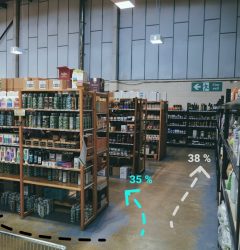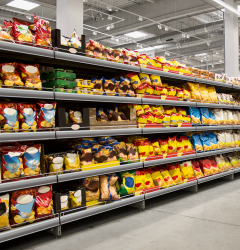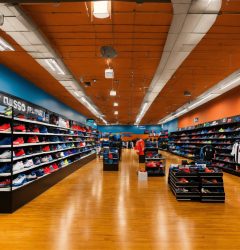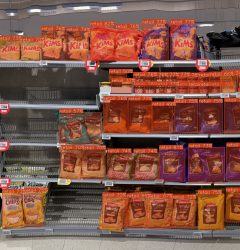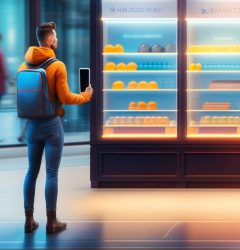24 Apr
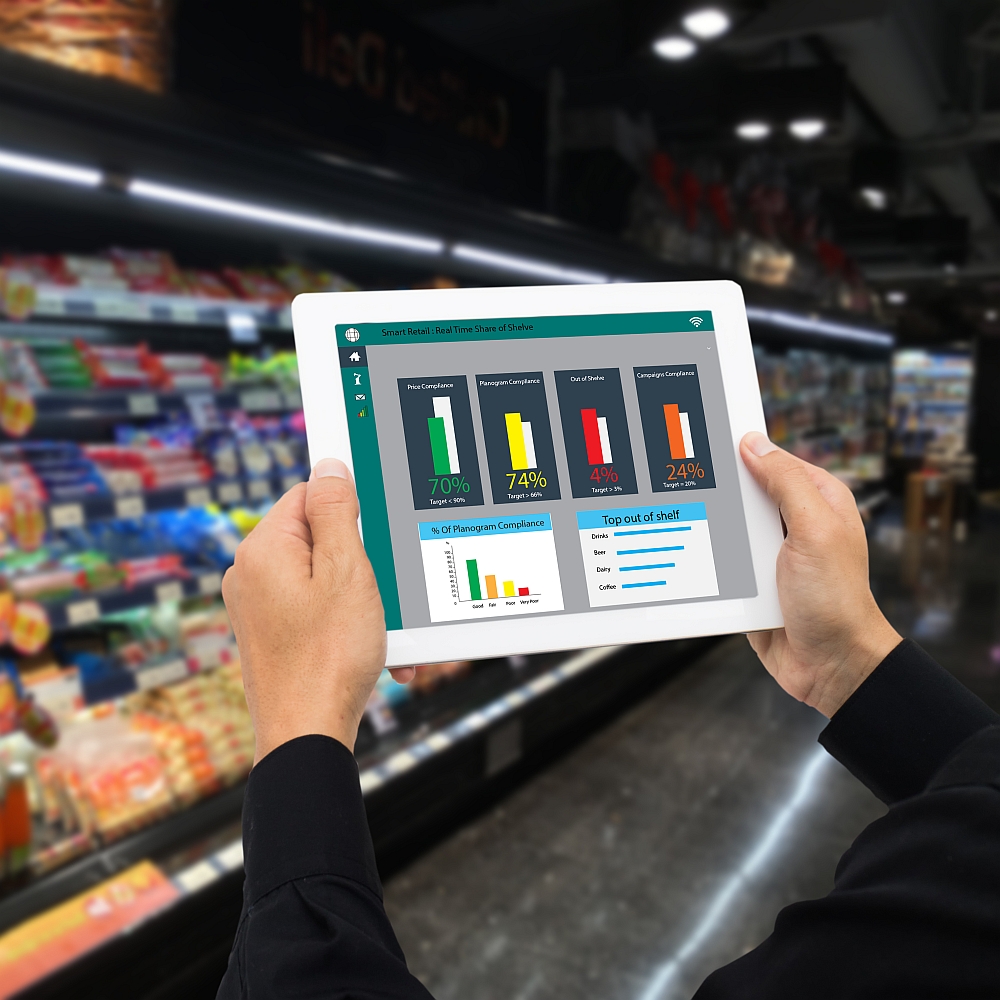
Retail Shelf Space Optimization: Strategies for Maximizing Sales and Profits
Retail shelf space optimization is a critical factor for success in today’s competitive retail landscape. With a plethora of products and brands vying for the attention of shoppers, it’s essential for retailers to strategically use their limited shelf space to maximize sales and profits. In this article, we’ll explore the importance of shelf space optimization, the key principles to follow, and how technology can help retailers make data-driven decisions for their product layouts.
The Importance of Retail Shelf Space Optimization
Shelf space optimization is the process of organizing and allocating products on store shelves in a way that maximizes sales and profitability. By effectively utilizing shelf space, retailers can boost sales, improve product visibility, and create a more enjoyable shopping experience for customers. Some of the benefits of retail shelf space optimization include:
Increased sales: Optimized product placements can encourage impulse purchases and make it easier for customers to find what they’re looking for, ultimately leading to higher sales.
Enhanced customer experience: A well-organized store with strategically placed products can create a more seamless and enjoyable shopping experience, leading to customer satisfaction and loyalty.
Better inventory management: Effective shelf space optimization can help retailers identify fast-moving and slow-moving products, allowing for better inventory management and reduced stockouts or overstocks.
Optimized use of space: By maximizing the use of available shelf space, retailers can ensure that they are making the most of their store’s square footage and potentially reduce the need for additional storage or floor space.
Key Principles for Retail Shelf Space Optimization
Product segmentation: Start by segmenting products into categories based on factors such as price, popularity, and product type. This will help you identify which products should be placed in prime locations and which can be relegated to lower-traffic areas.
Space allocation: Allocate space to each category based on its sales performance, gross margin, and inventory turnover. High-performing categories should be given more shelf space and prime locations, while lower-performing categories may require less space or a less prominent placement.
Shelf layout: Design your shelf layout to create a visually appealing and easy-to-navigate shopping environment. Consider factors such as product visibility, accessibility, and convenience when determining where each product should be placed.
Vertical merchandising: Arrange products vertically by placing high-margin, popular items at eye level and less profitable items at lower or higher shelves. This encourages customers to notice and potentially purchase the more profitable items first.
Planogram compliance: Create and implement planograms – visual representations of product placement on shelves – to ensure consistent product placement across multiple store locations. Regularly monitor and adjust planograms based on sales data and customer feedback.
Leveraging Technology for Data-Driven Shelf Space Optimization
Retailers can greatly benefit from using technology to optimize shelf space and make data-driven decisions. Some technological solutions that can aid in retail shelf space optimization include:
Retail analytics software: Retail analytics software can provide valuable insights into sales data, customer behavior, and inventory levels. Retailers can use this information to make informed decisions about shelf space allocation and product placements.
Computer-assisted ordering (CAO) systems: CAO systems use algorithms to analyze sales and inventory data to generate optimal product order quantities. By integrating this data with shelf space optimization efforts, retailers can ensure that they have the right amount of inventory for their high-performing products.
Planogram software: Planogram software allows retailers to create and manage planograms digitally, ensuring consistent product placement and enabling easy updates based on sales data and market trends.
Machine learning and artificial intelligence (AI): Advanced machine learning algorithms and AI can analyze large volumes of data to identify patterns, trends, and opportunities for shelf space optimization
In conclusion, retail shelf space optimization is crucial for maximizing sales and profits in today’s competitive retail environment. By implementing key principles such as product segmentation, space allocation, shelf layout, vertical merchandising, and planogram compliance, retailers can create a more enjoyable shopping experience while making the most of their available space. Leveraging technology, including retail analytics software, CAO systems, planogram software, and AI-driven solutions, can further enhance data-driven decision-making and optimize shelf space management. By staying up-to-date with industry trends and continually evaluating and adjusting product placements, retailers can ensure that they remain competitive and well-positioned for long-term success.
Related Post
Tags
Keywords
Tags
Resources
© 2020-2024 Link Retail. All rights reserved.
